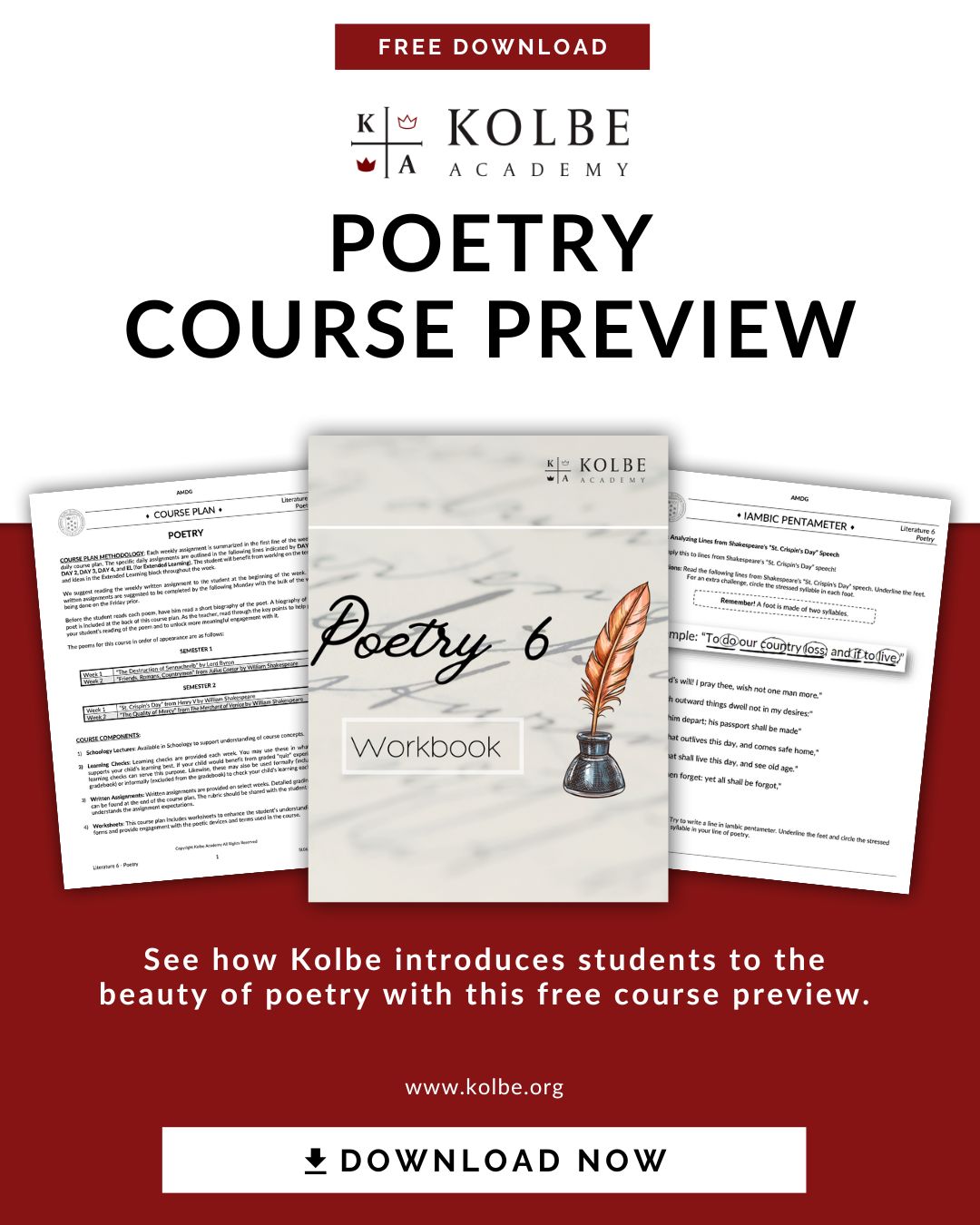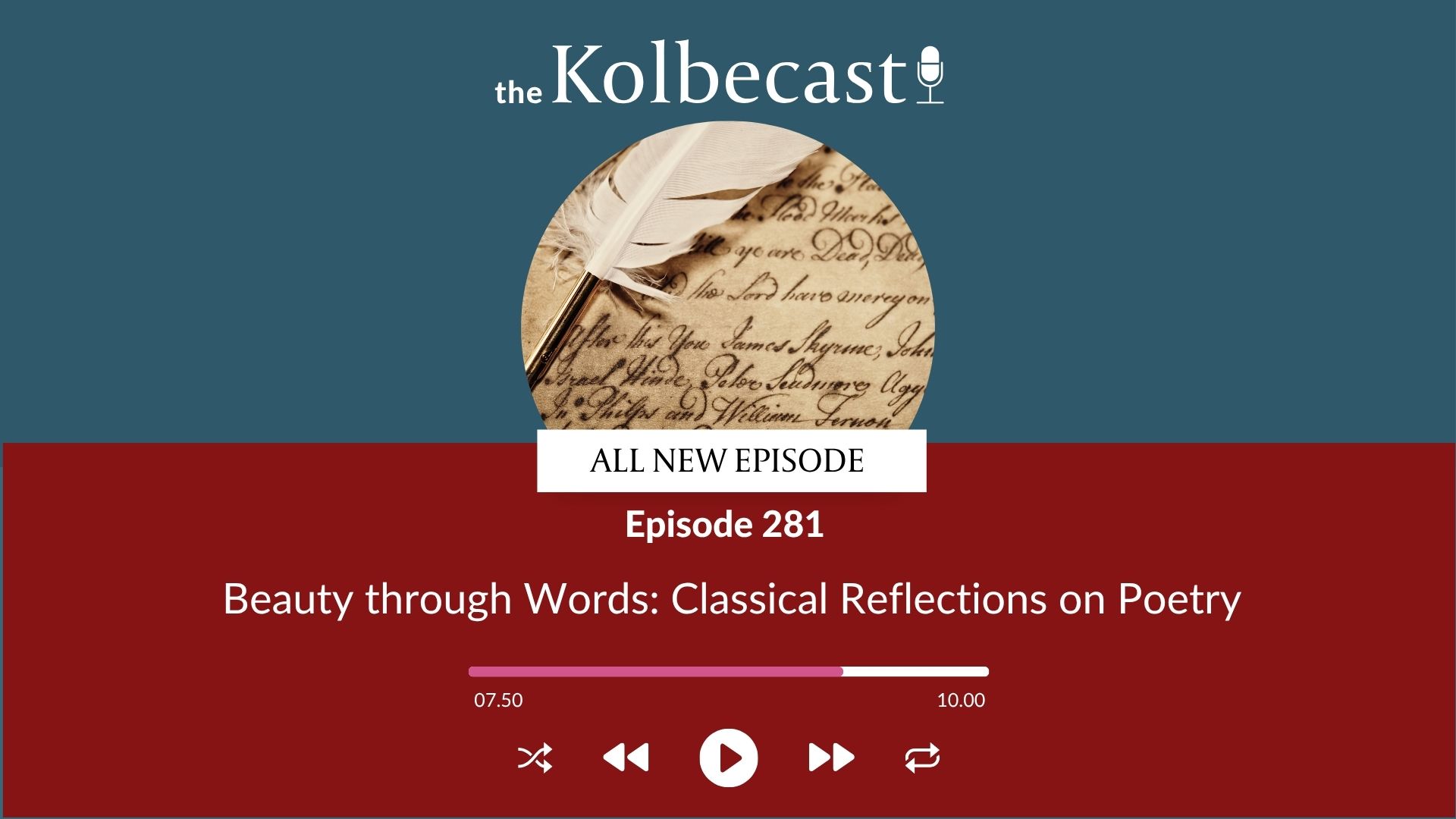Education should be a cultivation of truth, beauty, and goodness. Poetry touches on all three. It develops a sensitivity to language, encourages wonder at creation, and offers a way to express what surpasses ordinary speech. Far from being an “extra,” poetry holds a valued place in Kolbe’s curriculum, integrated into the elementary years, intentionally studied in middle school, and engaged at the highest level within the classical canon of our high school program.
Poetry offers students words for what might otherwise remain unspoken. It gives structure to joy, sorrow, gratitude, and awe, allowing the heart to process emotions and the mind to contemplate mysteries. In home-based education, poetry can become both prayer and play, both discipline and delight.
Consider the words of Gerard Manley Hopkins, a Jesuit poet whose verses brim with Catholic sensibility:
A simple reading of these lines invites students into a sacramental vision of the world where every created thing reflects the Creator’s glory. Through memorization, recitation, and reflection, poetry like this can root children deeply in the Catholic imagination.
Poetry in Kolbe Academy’s Curriculum
At Kolbe, poetry is not confined to a single class or grade; it flows through the curriculum like a thread of gold. We are intentionally nurturing its place in our programs, working to refine and expand how poetry is taught so that it speaks to our students with clarity and power. What follows shows where poetry currently lives in our curriculum, but expect it to continue growing as we seek to inspire young hearts and sharpen minds—and perhaps spark new voices to join the great conversation in verse by setting their own pens in motion!
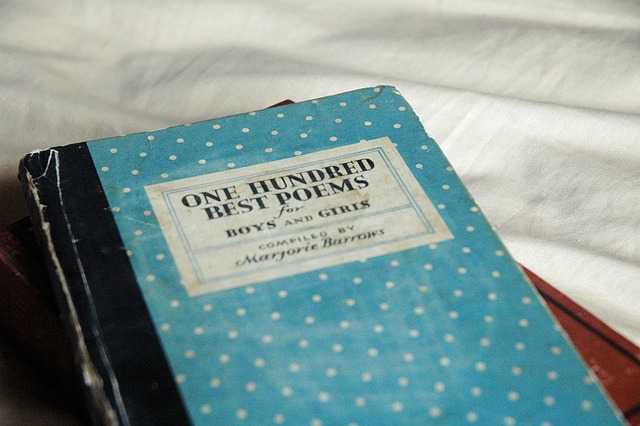
Elementary
Poetry is introduced through our literature curriculum. Students learn to recite, copy, and reflect on short poems, building both literacy and memory. Poetry in the early years is less an academic subject and more a joyful companion. Children naturally delight in rhyme, rhythm, and repetition, whether it is through nursery rhymes, psalms, or playful verses. In these little years, reciting and singing poems while moving—swinging, skipping, clapping—can make poetry play and prayer. This delight is foundational. Through simple memorization, chanting, and illustration, children can develop an ear tuned to beauty and a heart inclined toward expression. The joy itself becomes the groundwork for future study. The same child who laughs at My Shadow, or wonders with Christina Rossetti at the unseen wind, will one day be ready to marvel at God’s grandeur with Hopkins and see Dante’s vision. In this way, poetry in the elementary years is both a gateway and groundwork.
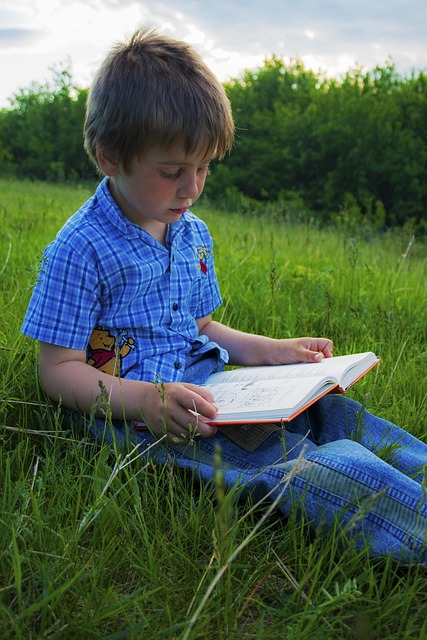
Junior High
Poetry instruction becomes more intentional and structured with guided comprehension, literary analysis, and opportunities to explore the mechanics of verse (such as meter and form) while delving more deeply into different poetic traditions and styles.
High School
Poetry is deeply integrated into our classical humanities program. Students encounter great epics (The Iliad, The Odyssey, The Aeneid), reflect on Aristotle’s Poetics, and study masterworks like Beowulf, The Song of Roland, and Dante’s Divine Comedy. Poetry also finds a home in our English Creative Writing course where students craft verses of their own in dialogue with the tradition.
This continuum shows how Kolbe treats poetry not as an add-on but as a thread running through the whole tapestry of a classical, Catholic education.
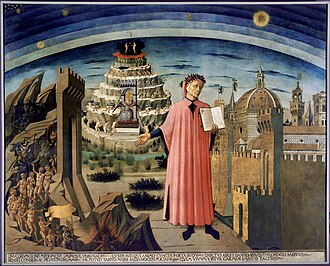
Classic Poems Across the Ages
This year Kolbe Academy Press published a collection of poems especially for Catholic, classical homeschoolers. Our carefully curated poetry collection, Classic Poems Across the Ages, offers a rich journey through the great poetic traditions of Western civilization. Currently used in Kolbe Academy’s Junior High Literature program (with some selections also appearing in Literature 6) this volume serves as an inspiring resource for families seeking to cultivate a love for beauty, truth, and the written word.
Organized by poetic periods, the collection introduces young readers to the historical, cultural, and literary movements that shaped poetry across centuries. From the epic verses of Homer and Virgil to the soul-stirring works of Shakespeare, Wordsworth, and Chesterton, each poem is paired with a biography that connects the poet’s life to his or her art.
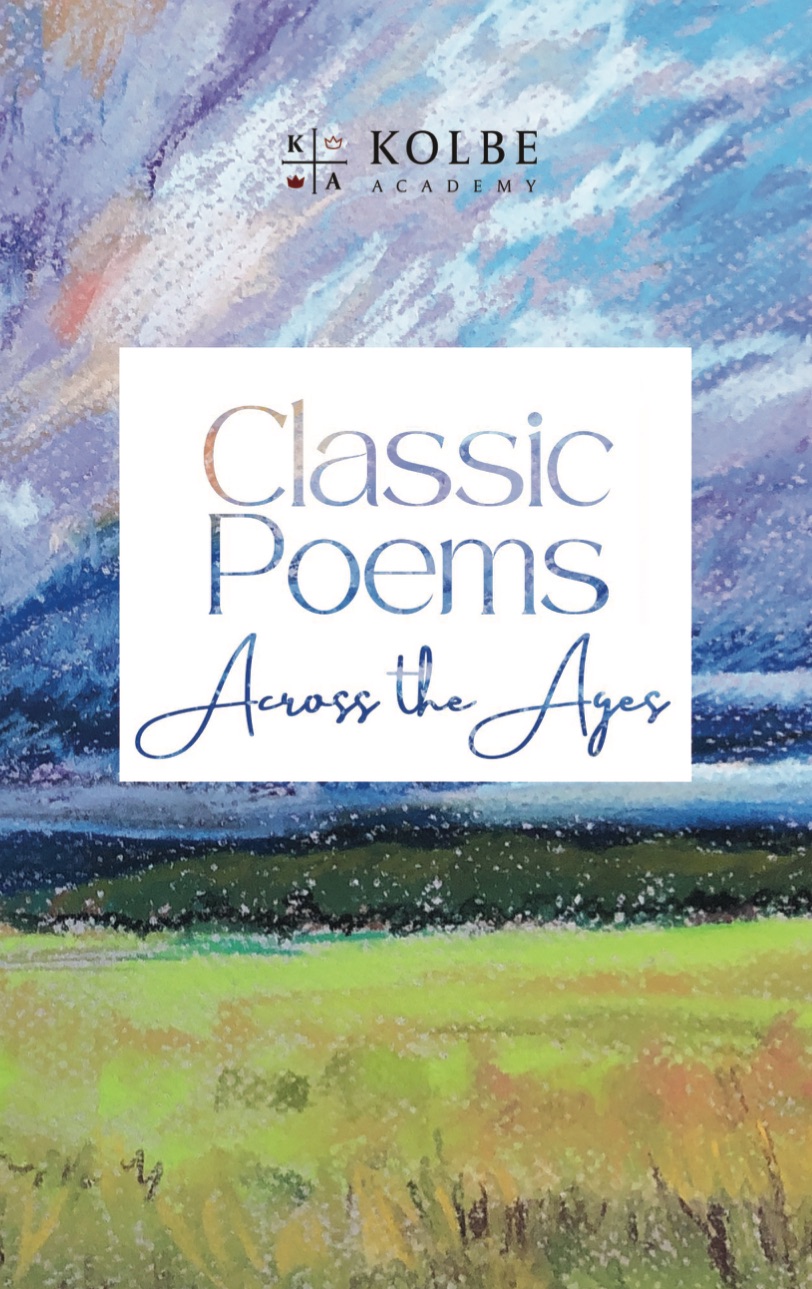
Highlights include:
- A chronological exploration of poetry, spanning the Classical era to Modern times.
- Biographies of major poets, providing context and insight.
- Discussion of poetic forms and literary devices, deepening appreciation for artistry.
- Faith-filled reflections, drawing Catholic connections throughout.
Selections range widely—from Beowulf and Chaucer to Donne, Tennyson, and Frost—inviting students to encounter the breadth of the Western tradition. Here is a glimpse of the voices they’ll meet:
These lines, centuries apart, call the reader to reflect on destiny and choice, showing how poetry speaks across the ages.
Tips for Bringing Poetry into Daily Learning
Parents can weave this collection naturally into the homeschool day.
Faith & Theology
- Begin mornings with a short recitation or a Psalm.
- Spark discussion with simple questions: What image stood out to you? What might the poet be saying about God, nature, or human life?
- Invite imitation: invite students to write a psalm-style prayer.
- Make connections across subjects: read Dante in conversation with theology.
Recite a short verse before breakfast to start the day with beauty.
Language Arts
- Use a stanza for copywork or handwriting practice.
- Encourage imitation: invite students to write a couplet or haiku.
- Experiment with voice: whisper, sing, or read with character.
Memorize a favorite two-line poem and recite it with flair!
Nature & Science
- Make connections across subjects: read Hopkins alongside a nature study.
- Write short descriptive poems as nature journaling after a walk outdoors.
Capture the sights and sounds of the forest.
Arts & Creativity
- Invite children to illustrate lines or images from the poems they are learning.
- Pair poetry with visual art: place a painting, sculpture, or photograph alongside a poem so your child can connect words with imagery and explore both together.
- Explore rhythm musically: clap out meter or sing a stanza.
Set a poem to a simple tune.
Drama & Performance
- Share poems aloud as recitations at meals, family gatherings, or a special “poetry night” with friends.
- Act out or stage short poems using voice, posture, and gesture.
Older students can memorize and perform a dialogue poem.
These simple practices help students see that poetry is not just studied but lived—shaping the way they pray, think, and imagine.
Beyond the Books
Ultimately, Kolbe’s poetry collection is more than an anthology, and the study of poetry throughout Kolbe’s curriculum is also more than an academic exercise. From the playful rhymes and wonder of the little years, through the thoughtful exploration of forms in the middle years, to the profound engagement with the classics in high school, poetry invites students to delight, imagine, and reflect. It is a way of seeing and praising. It is a way of playing with language while entering more deeply into God’s creation. Poetry shows how beauty and truth meet on every page. In every rhyme, stanza, and verse—from the first giggle over a nursery rhyme to the awe inspired by Dante—poetry grows with the child. It carries delight, discovery, and devotion through each stage of learning at Kolbe.
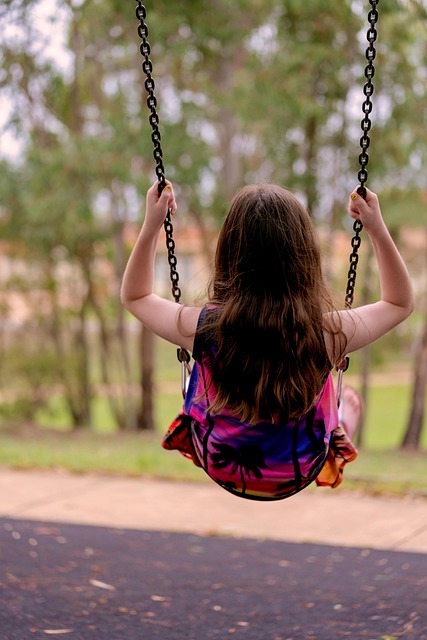
Find all the books and resources you need for Poetry in our Kolbe Bookstore collection.
